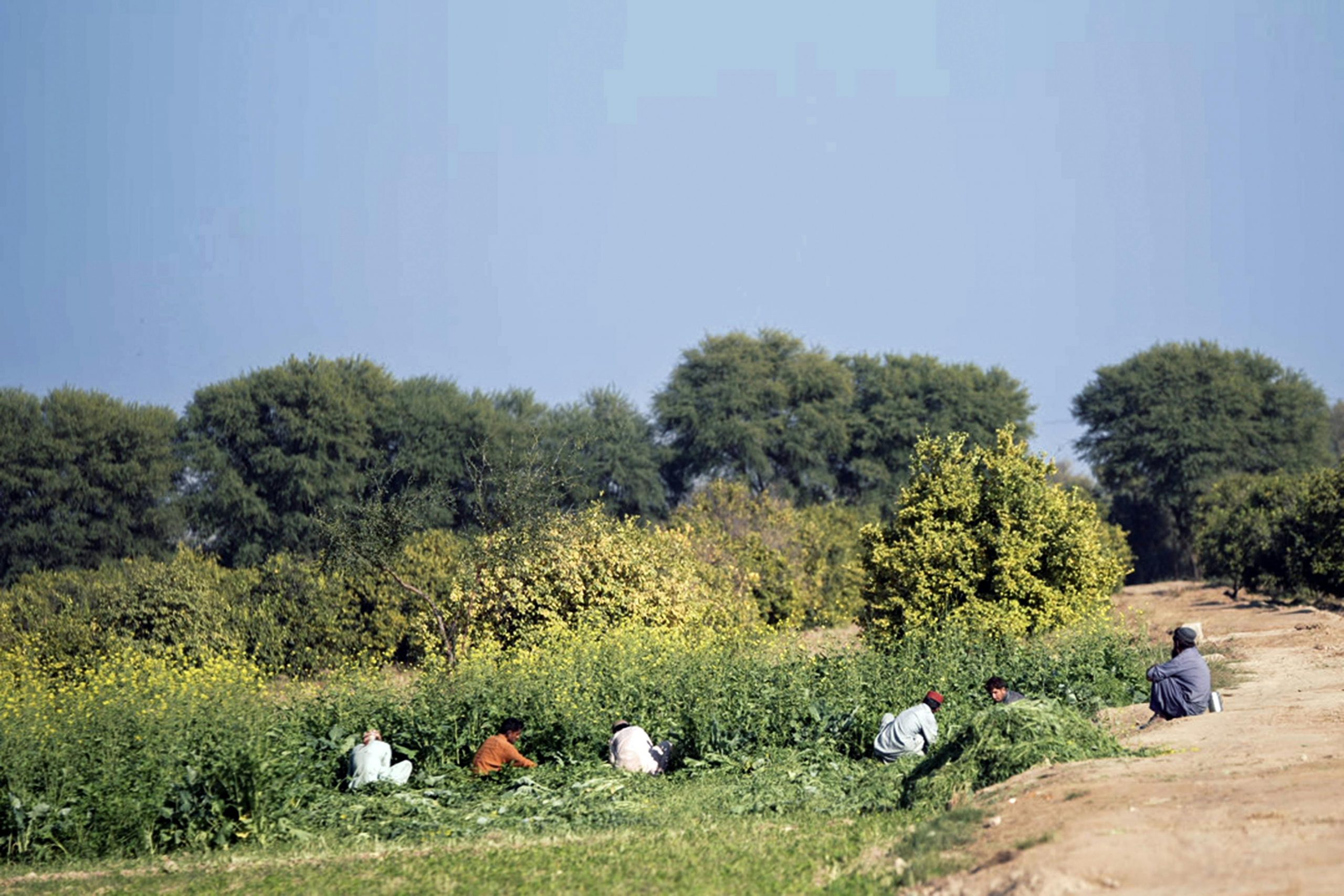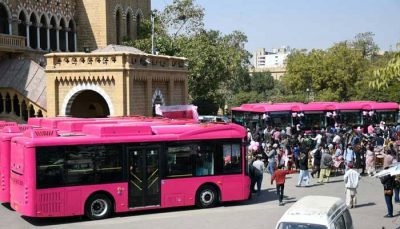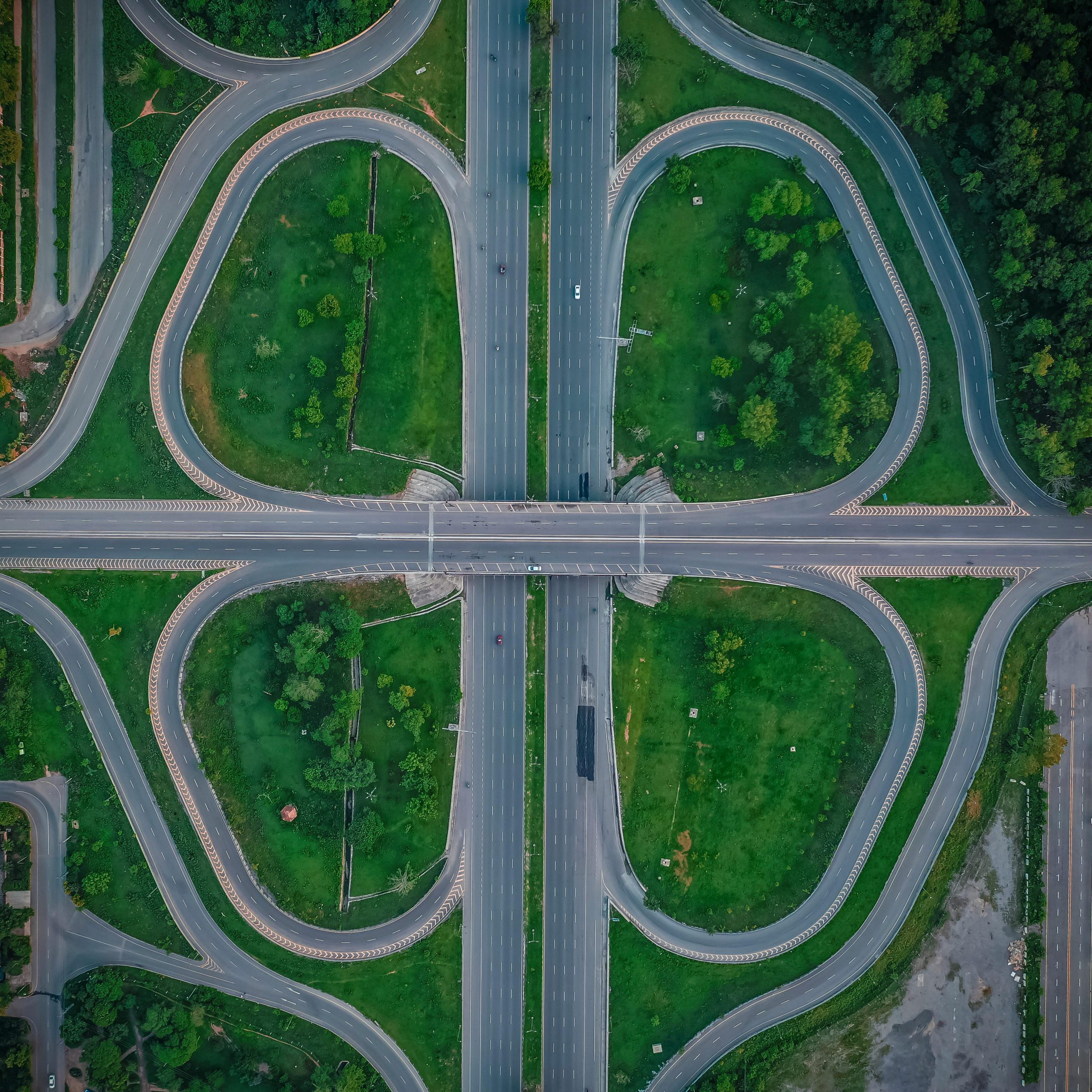Urbanization exists almost wholly as a response to the massive influx of people in urban cities like Lahore and Islamabad. Some of the reasons for this influx are provincial disparities, disproportionate impacts of climate change on farmers and fishermen, lack of rural development and employment opportunities, and a general belief that urban areas promise a better standard of living. This rapid rural-urban migration highlights a core dysfunctionality in Pakistan’s domestic policy i.e., the lack of implementation of positive policies to bridge the disparities between rural and urban areas (Urbanization in Pakistan, 2018). It is predicted that Punjab’s urban population is likely to increase to 52 million by 2025 and 59 million by 2030; meaning the addition of 1 million new residents every year (Government of Punjab, 2015). This rapid migration coupled with increasing population growth simmers down to a critical demand i.e., more housing for urban populations.
This blog focuses on the inequalities associated with the provision of housing – which indicates a broader trend of income inequality in the economy – and discusses how land is seen to be a site of private investment and competition. It then explores the long term implications of the current urbanization paradigm which include deepening gentrification and socio-economic stratification.
Breaking down Urbanization
The act of providing housing to the general public in Pakistan somewhat follows the capitalist model of urbanization. This framework is characterized by capital accumulation and land possession for industrial development and megaprojects (Saleem, 2021). Administering this system in the state of Pakistan failed to consider one major loophole: the exclusion of the urban poor from development. The forcible accumulation and land possession more often than not disadvantages the poor who cannot evade this complex system. Mirroring David Harvey’s concept of Accumulation by Dispossession, the current model of urban development seeks to benefit a certain class of capitalists by dispossessing minorities of their rights, land, and livelihoods. Similarly, considering Boaventura de Sousa Santos’ Sociology of Absences, the urban poor, integral to the city’s economic and cultural webs, remain absent from the development-oriented thinking of policy-makers (Saleem, 2021). As a result, the system mimics the foundations of colonialism – an economic ploy that in the name of “modernization” and “development” ends in exploitation and displacement. By introducing higher cost housing and commercializing poor urban areas, it insists on disciplining and pushing out the poor (Malik, 2021). Official records suggest that 400,000 people in Karachi have been displaced from residential properties over the past two decades, due to infrastructure and development projects. The case is further complicated as said people are rendered into a permanent state of ‘limbo’ or ‘waiting’ for compensation. People are forced to indefinitely rely on the government resulting in an asymmetrical relationship of dependence (Anjum et al., 2022).
With the exclusion of the poor, new and improved housing can find its ideal residents with ease. This act of exclusion can be labeled as “durable inequality,” where it is argued that inequalities are not the natural outcomes of differences in abilities, talent, and motivation, but are the results of institutional and social relations that have been deliberately crafted by individuals and groups for their advantage (Ahmad., et al 2021).
Inequality of Urbanization & Formation of Slums
This inequality gives rise to a paradox in the urban space: hyper-modern elite housing communities on one side, and slums on the other. Roughly 30% of the settlements in Lahore are slums and two-thirds of the labor force (most of the informal economy) are estimated to live in these “kachi abadis”(Abubakar, 2016). This way of living is plagued with complications including lack of adequate living space, insufficient public goods provision, and poor quality basic amenities, all of which lead to poor health and low levels of human capital (Marx., et al 2013). Slums can be found across the city in areas like Shahdara, along Ferozepur Road as well as in newer developed areas like Johar Town. These settlements are generally located near open sewage channels or along the hazardous banks of River Ravi. (Ali & Khan, 2017) The issue is exacerbated by government inaction since the state takes limited responsibility for the residents of slums due to budget constraints, lack of clear policies and prioritization. Additionally, obtaining legalized status is nearly impossible due to which the inhabitants of slums do not invest in their homes in fear that they might be demolished anytime (Pervez, 2018). Slums encapsulate the incompetence of the state to provide basic services to its residents. Often left to their own devices, unregulated slums become inter-generational poverty traps.
To deal with the challenge of inequality in housing and slums, rural-urban migration needs to be addressed in a way that reduces the annual influx of residents into urban cities. This can include providing reliable healthcare, housing, jobs and education in rural areas. Once this issue is tackled, the government should prioritize providing basic services to residents of slums and build up to its legalization so residents can live without the constant threat of demolition or displacement. Money could be invested to help build cemented houses as well as proper roads with drainage systems. (Pervez, 2018). The road to being a more prosperous nation is not linear nor does it depend on a fixed rubric of urbanization. The people are integral to Lahore’s prosperity and should be factored into the development agenda.
The Rise of Gentrification
Running parallel to the inequality of urbanization is the more damaging impact of gentrification; a spatial phenomenon that involves changing economic, demographic, social, physical, and cultural landscapes (Yang, Hui & Lang, Li, 2018). Arguably, this is the most dangerous product of urbanization. The cycle of gentrification in the context of housing can be broken down this way: low-income people are increasingly priced out because of neo-liberal urbanization and can no longer move to gentrifying neighborhoods. The public and private sectors seek higher profits that can only be obtained through a new and more intensified regime of profitable land use and commercial exploitation (Chronopoulos, 2016).Unfortunately, in order to improve the livability of neighborhoods, the government fails to incorporate the ground realities that shape cities as communities, as well as design strategies aimed at encouraging interaction between people of diverse income groups (Saeed et al., 2019).
An interesting case of gentrification is the case of the Old City in Lahore. The space has undergone a series of socio-spatial transformations under the World Bank funded operation to repair and preserve its historically significant architecture. Tawaifs (courtesans ), mirasis (hereditary musicians), and the Khwaja Sira, residents of the Shahi Mohalla (Royal Neighborhood) are among the individuals increasingly displaced by the “museumification” of the Old Neighborhood. The neighborhood which used to be considered a lifeline of the radio, television and film industry of Pakistan, is now a newly made food street enjoyed by the middle class (Hussein, n.d). Although the case of the Old City is intrinsically different from the case of modern urbanization, it prompts the same realization: the consequences of modernization need to be considered in line with the preservation of Lahore and its people’s distinct identity. By pushing out rightful residents of areas and imposing housing to facilitate only the elite, it could be argued that Lahore might lose the history that makes it so charming and unique. To combat this complex condition, urbanization must be contextualized by the cultural history of Pakistan.
Conclusion
Conceivably, Pakistan could achieve significant prosperity by reforming the urbanization framework to be more equal and representative of the population of cities like Lahore. By remaining true to the rich history of the state and taking into account marginalized communities that are otherwise disregarded in the process of modernization and development, more just and ethical development could possibly be achieved. This reform should include regulation of rural-urban migration, policies to develop rural areas and legalization of slums. By dealing with these core issues, the larger problems of slums, gentrification and rapid migrations could be relieved.
References
Ahmad, S., Ullah, S., & Wang, Y. P. (2021, November 5). Understanding Housing Inequalities in Urban Pakistan: An intersectionality perspective of ethnicity, income and education. Taylor and Francis Online. https://www.tandfonline.com/doi/full/10.1080/26884674.2021.1986442
Ali, S., & Khan, A. (2017, October 27). Lahore – a city of slums and shanties. Daily Times. https://dailytimes.com.pk/131048/lahore-city-slums-shanties/
Anjum, G., Toheed, M., & Anwar, N. H. (2021, December). Policy Brief #1_ land, governance, & the gendered politics of … ResearchGate. https://www.researchgate.net/publication/358226924_KUL_URDU_POLICY_BRIEF_1_Land_Governance_the_Gendered_Politics_of_Displacement_in_Urban_Pakistan
Chronopoulos, T. (2016, September 28). African Americans, gentrification, and neoliberal urbanization: The case of fort greene, Brooklyn . SpringerLink. https://link.springer.com/article/10.1007/s12111-016-9332-6#Sec4
Government of Punjab. (2015). Urban development sector plan – Punjab, Pakistan. https://pnd.punjab.gov.pk/system/files/Punjab_Urban_Development_Sector_Plan_2015_2.pdf
Javed, U. (2014, January 20). Lahore’s prosperity. DAWN.COM. https://www.dawn.com/news/1081457
Malik, R. (2021, August 10). Lahore’s Post-colonial Food Culture. The Students’ Herald. https://thestudentsherald.com/lahores-postcolonial-food-culture/
Marx, B., Stoker, T., & Suri, T. (2013). The Economics of Slums in the Developing World. JSTOR. https://www.jstor.org/stable/23560028
Pervez, S. (2018). Conditions of slums in Pakistan are getting increasingly worse: Policy Analysis. LUMS . https://cbs.lums.edu.pk/student-research-series/conditions-slums-pakistan-are-getting-increasingly-worse-policy-analysis
Profiles of underserved areas of 08 largest cities of Pakistan – UNICEF. (2020). https://www.unicef.org/pakistan/media/2926/file/Profiles%20of%20Underserved%20Areas%20of%2008%20Largest%20Cities%20of%20Pakistan.pdf
Saeed, A. (2023, April 20). Home. The Students’ Herald. https://thestudentsherald.com/the-problem-with-the-utopia-of-urban-development-in-lahore/
Saeed, R., Khan, D., Naeem, A., Rafae, M., Yazdani, R., Sultana, W., Naeem, M., Manzar, Z., Insha, M., Fatima, T. e, & Shahid, M. (2019, December 29). Lahore: Of Diversity and inclusivity: Shehr. thenews. https://www.thenews.com.pk/tns/detail/590082-of-diversity-and-inclusivity
Saleem, S. (2021, July 26). Inclusive gentrification: Presenting the “absent” in the urban development of Karachi. South Asia@LSE. https://blogs.lse.ac.uk/southasia/2021/07/26/inclusive-gentrification-presenting-the-absent-in-the-urban-development-of-karachi/
Sociospatial perspective. Securipedia. (2013). https://securipedia.eu/index.php/Sociospatial_perspective
UKEssays, Uke. (2023, March 21). Urbanization in Pakistan. UKEssays. https://www.ukessays.com/essays/economics/urbanization-in-pakistan-economics-essay.php
Yang, J., Hui, E. C. M., Lang, W., & Li, X. (2018, June 13). Land ownership, rent-seeking, and rural gentrification: Reconstructing villages for sustainable urbanization in China. MDPI. https://www.mdpi.com/2071-1050/10/6/1997




